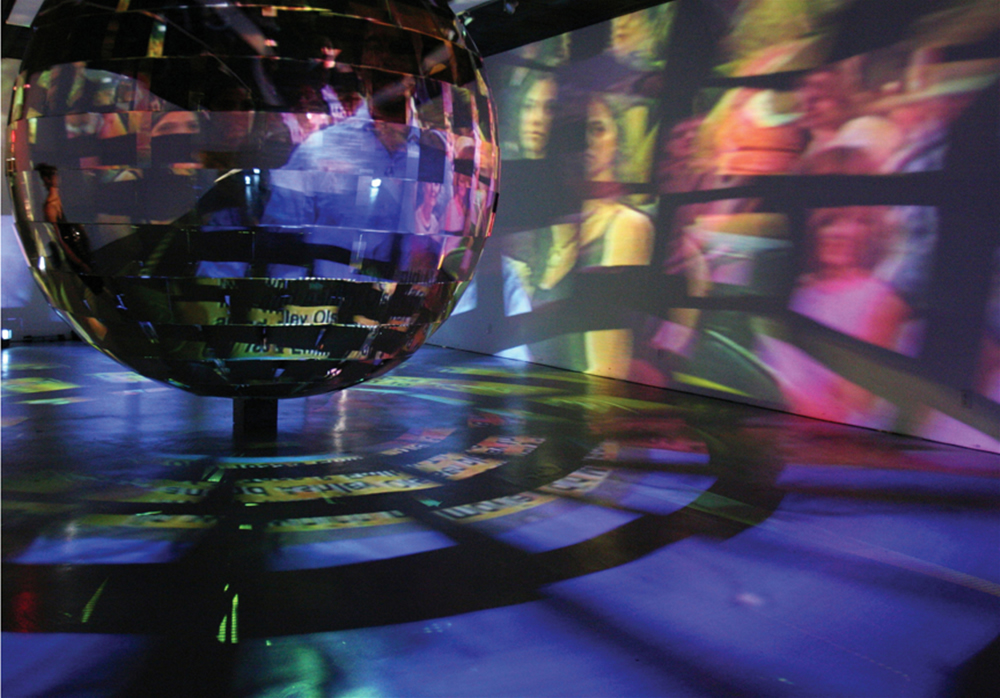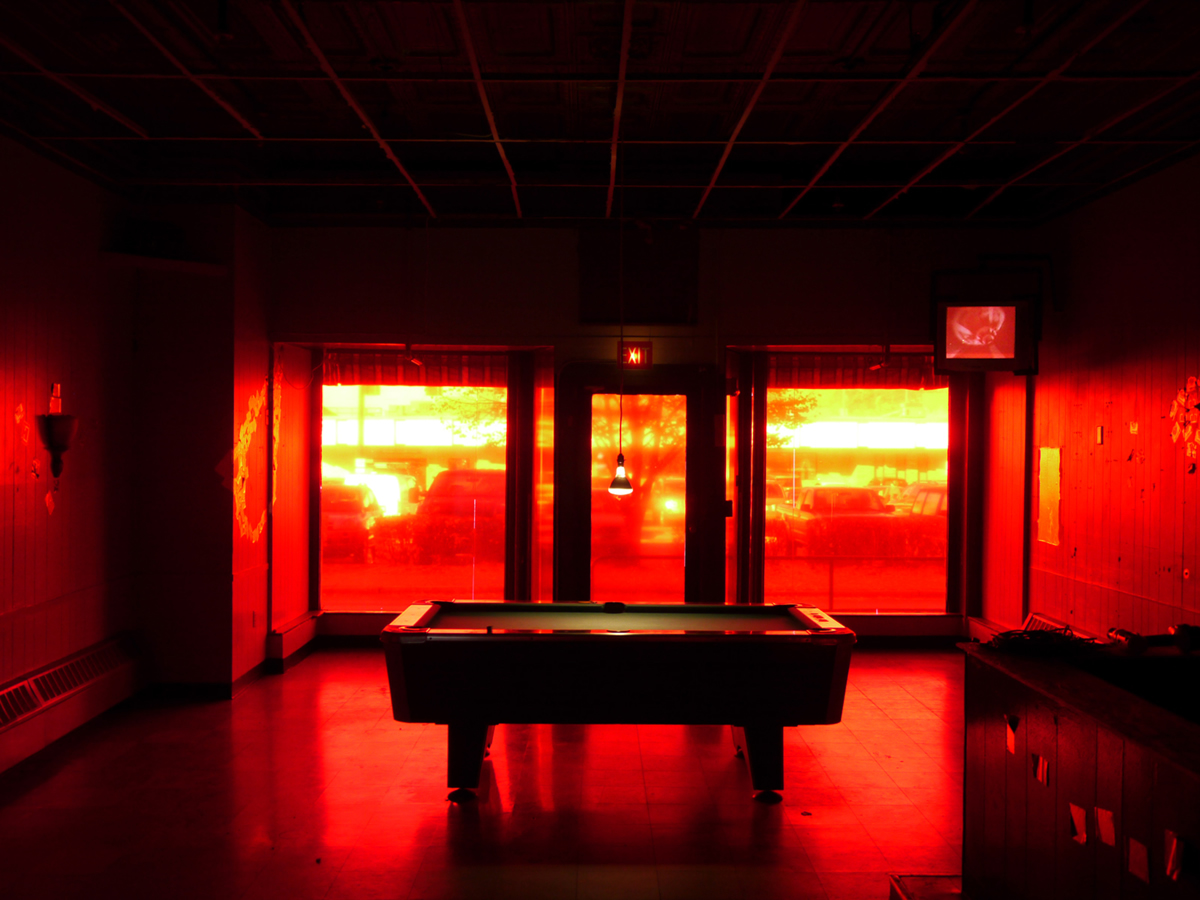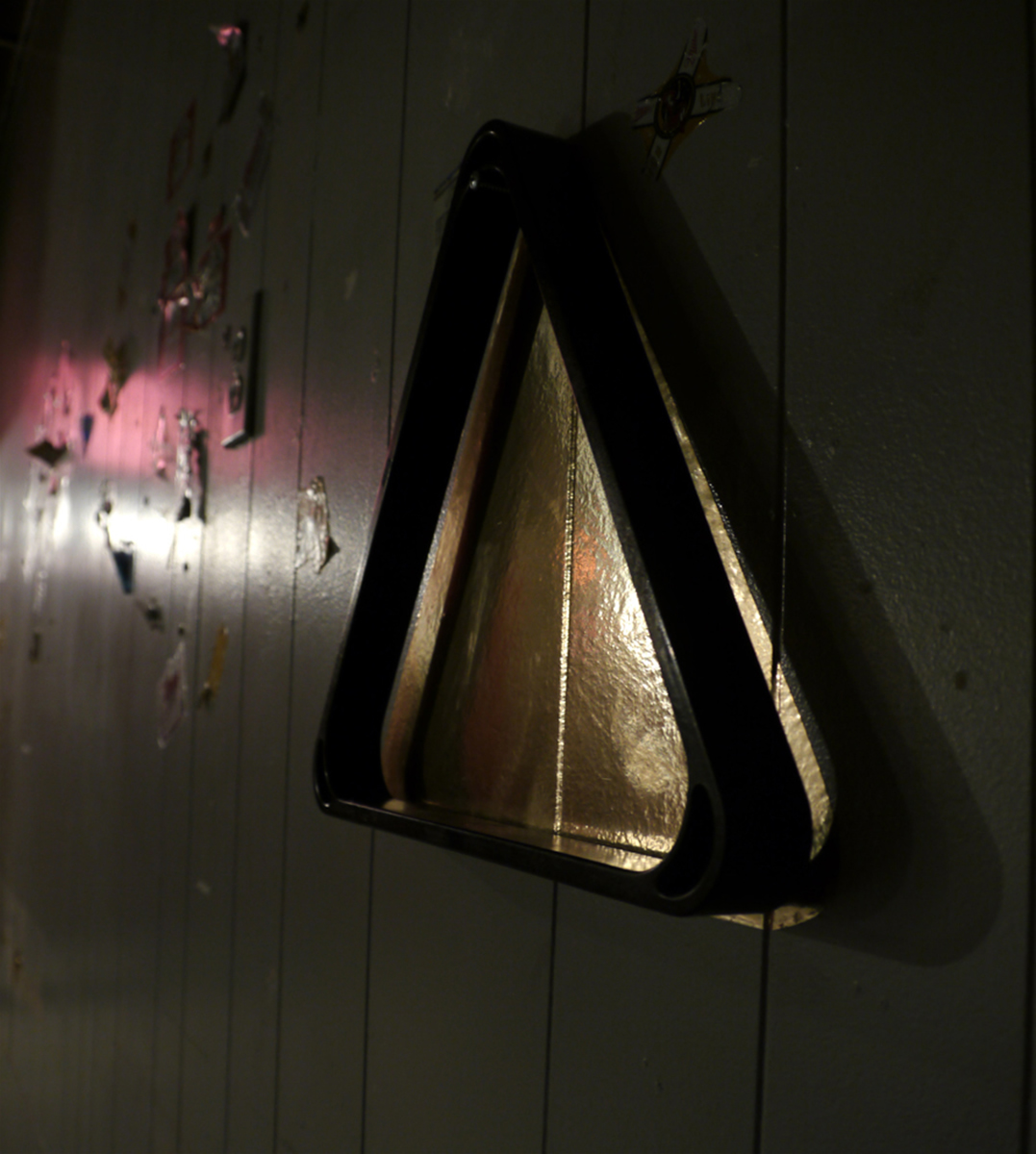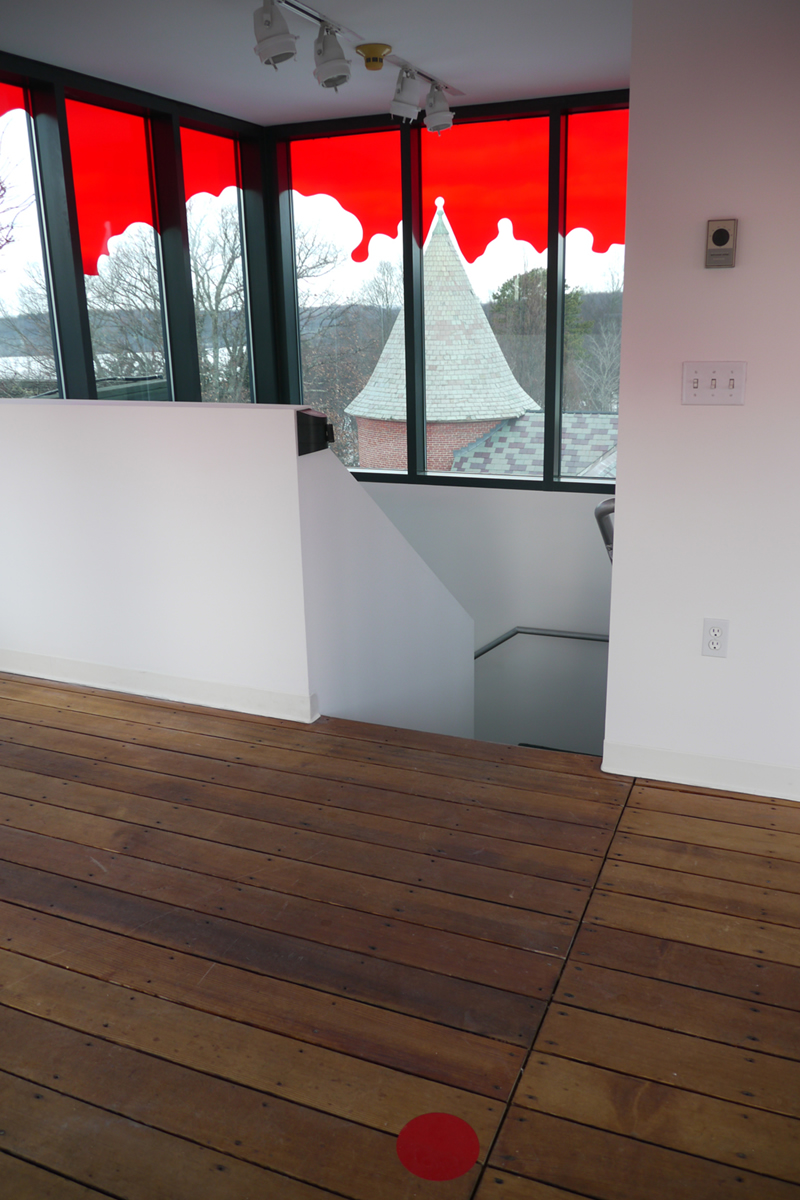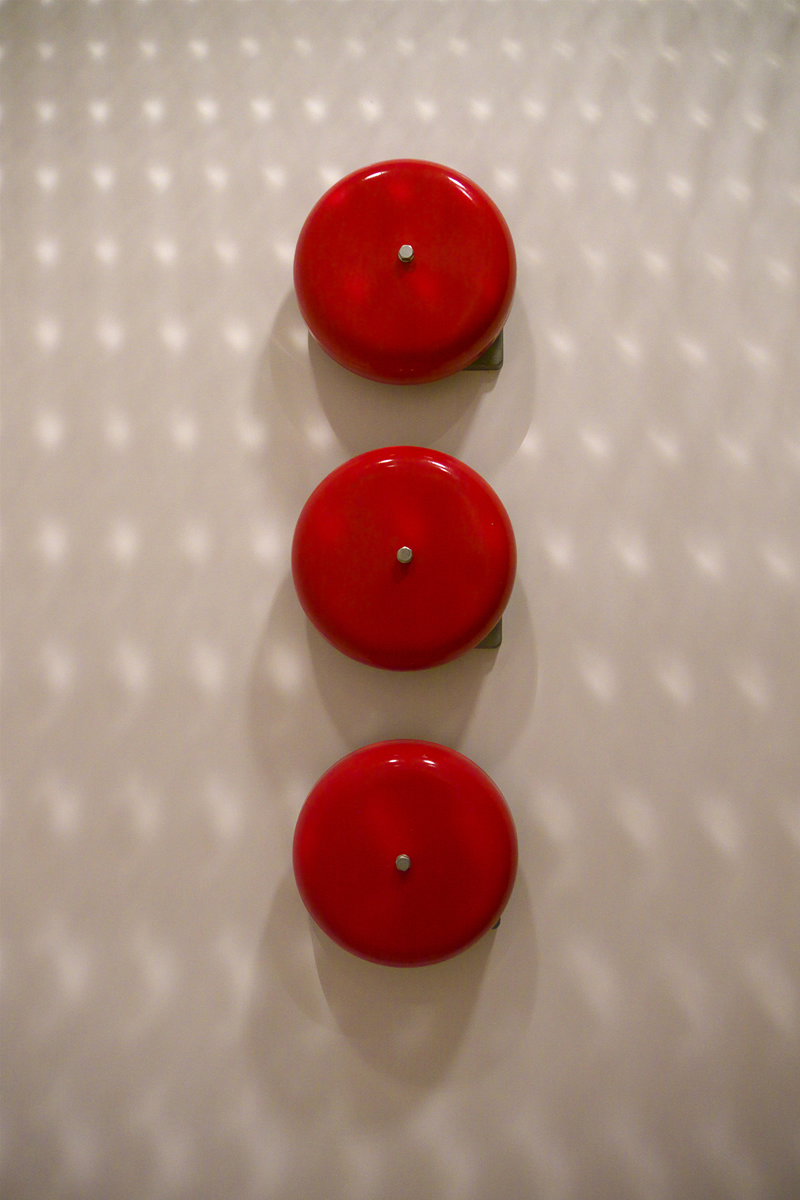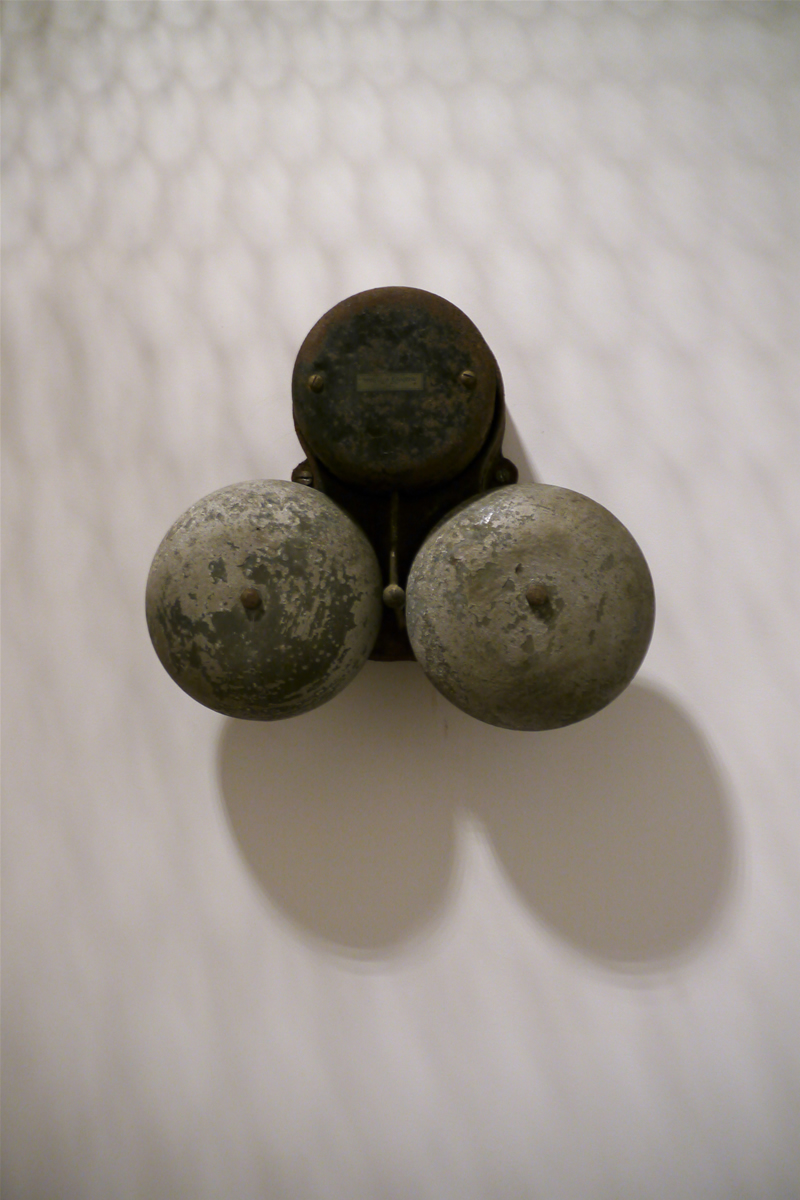Liz Nofziger is a site-specific installation artist whose work examines relationships to space within the physical, architectural, political, and pop-cultural landscape. Liz Nofziger works and lives in Boston.
Your work is largely characterized by site-specific installations. I would call them viewer specific installation because of the extensive engagement your work stimulates in the viewer. What are you seeking in the viewer’s experience and when do you consider yourself satisfy by the viewer’s experience?
To be experienced fully my work requires engagement from the viewer, but I cannot force or demand it. I try to give the viewer enough initially to pique their curiosity and urge them into a space to explore on their own. Often, I work to create a reason for them to remain in an installation long enough to adjust to the altered space…to experience the work over time. I am interested in re-adjusting the way that we occupy and understand the built environments we inhabit. My installations aim to reconsider site, often making the familiar unfamiliar. Beyond the physical space, I work with the histories a place holds, its present life, and the future I may imagine for it. I lead the experience to a certain degree, working largely from the physical space itself. I am equally pleased by response that mirrors my own intentions, and viewer feedback that surprises me.
I find my work to be successful when a viewer leaves with an impression that returns to them beyond the constructed experience. For example, in Core, 2007, a large-scale site specific installation created for the Glass Curtain Gallery at Columbia College in Chicago, I worked with the structural columns that were disrupting the gallery. I loved the idea that after experiencing the work, viewers would reconsider these familiar and crucial elements when found in “the wild.”
Since my work is generally extremely tied to site, the works live on only in their documentation and in these fragmented recollections—in this possibility that a viewer may experience some small shift in how they occupy and understand their world.
In your work you seem to challenge the viewer through uncomfortable architecture or transformed environment although, in the end, it also seems like you want to reward the viewer giving him/her confidence and familiarity within the installation. What is behind that redemption?
An active physical experience seems like one of the truest to me, especially when paired with some level of uncertainty or an expectation of the unknown. There is an intimacy in a physically engaged experience that my work values. I am not interested in the spectacle of a fun-house with a promised prize at the end, but I do want to provide an experience that when fully consumed or explored reveals more.
In some cases, my work is nearly invisible, and will only be found if sought intentionally. With this very subtle work, I hope that viewers will find it, but don’t mind if it is missed by some. For those who do find the work, the discovery is satisfying.
How much do you compromise when pulling together an installation? How far is the final result from what you have planned and how do you play with the unexpected?
I don’t see any decisions I make in my work as compromise. I almost require boundaries or limits to begin my work, and through these I almost collaborate with a space. The terror and thrill of going into a limited-time install with an array of unknowns is somehow an integral part of my process. I am forced to approach with as much clear research and planning behind me as possible, but must be open to spontaneity and the unforeseeable demands of a space. I must rely on my gut and trust my choices, especially those that cannot be made in advance. The decisions often have outcomes that could not have been anticipated, and are much stronger than any solution I could’ve pre-determined off-site.
Many of your installations recall pop icons and everyday life objects. What does attract or repulse you in this contemporary consumerist society?
I think much of my work is ultimately about looking….about drawing focus to fissures in the spaces we occupy, to incongruities in our surrounds, and extracting or building on the array of associations already implicit in the known objects or structures. I am attracted to the well-loved, obsessively crafted objects that people make that reference a commercially available product. I am attracted to the unrecognizable recognizable…things we can categorize but can’t truly place.
I like to work with familiar elements of our visual culture to create unexpected intimate, often comical, physical encounters by shifting scale, embracing the absurd or grotesque, and exploiting the everyday in both subtle and overt manners.
Liz Nofziger’s web site: nofzilla.com





